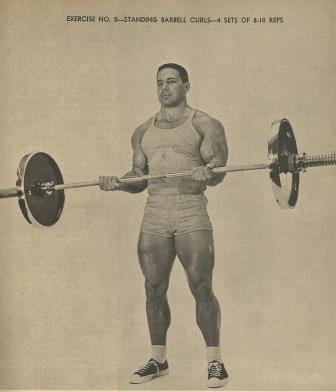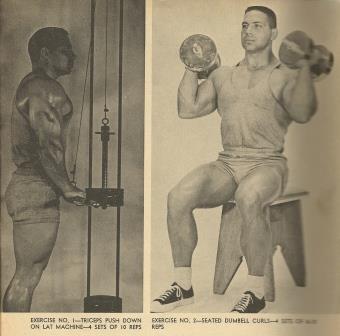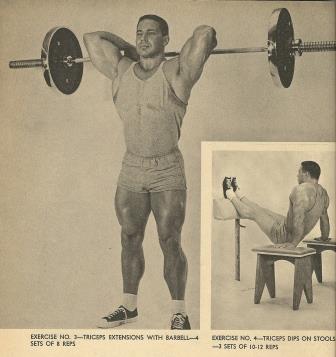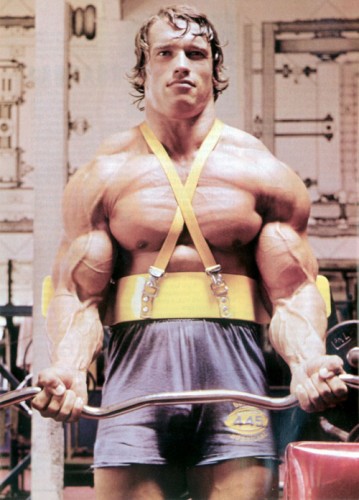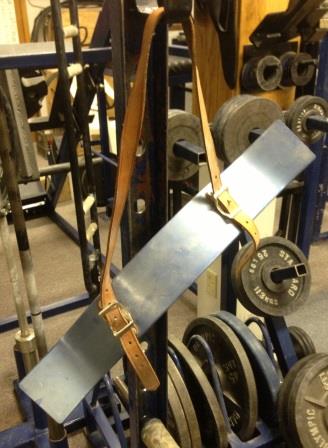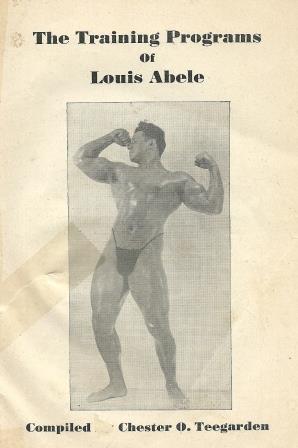by Eric Todd
The USAWA has been around for 26 years. To my knowledge, there is no other governing body for all-round lifting in the USA, and only a small splinter group in the UK outside of our world organization, the IAWA. Anybody who is anybody in all-round in America is a member of the USAWA. So why is it, that after 26 years we still have fewer than 100 members? I believe there are several reasons behind this, which I will address in this essay. So, we need to decide if we like the status quo. If not, do we want to grow, and if so, how?
People do not like to get out of their comfort zone. In most of the other strength disciplines, there are a handful of movements that you must become proficient at. So, an individual may find one area that he excels in, and stick with that. I would say the vast majority of competitors find one discipline they are comfortable in and then do not deviate from it The USAWA has over 200 lifts to tackle, some of them quite unorthodox. So, most lifters choose to stick to their bench press meets, or Oly lifting, or even strongman in order not to risk failure in competing at something they are not familiar with. I would argue that the USAWA has something for everyone, so most anyone can find success in all-round. In addition to that, I would argue that in order to be a true strength athlete, you need to get outside your comfort zone. My forte was always strongman, but I would compete in powerlifting, all-round, highland, and even an oly meet just to challenge myself, to broaden my horizons, to grow, and to be a true strength athlete. All-round pretty much affords you that opportunity all blanketed in one organization.
There is not a lot of glamour in all-round. Our meets, including our championships and national meets are held in small gyms or at people’s private facilities, and the crowd of spectators is a handful of family members. There are no magazine covers, no opportunity to “go pro”, no money, no live streams, and often not even a cheap plastic trophy to lug with you when you go home. Definitely not the place for trophy hunters.
People in the US have not been exposed to all-round. People recognize the benchpress, squat and deadlift of powerlifting. They are familiar with the men in kilts “flipping telephone poles” in highland games. They have seen the mighty men during the Olympics snatch and clean and jerk. They have come across world’s strongest man on ESPN whilst flipping through channels. So, if I compete in one of those disciplines, they have a frame of reference to what I am doing. The VAST majority of people have never heard of all-round. Nor have they ever heard of a Steinborn or a harness lift. Unfortunately, if they were to read the requirements of a few of our lifts, they would probably have no desire to try them.
Furthermore, we are a raw, drug tested organization. There is no possible way to artificially inflate your numbers in the USAWA. There are people whose egos cannot handle lifting less than what they were able to do when artificially aided.
One last reason I will mention that I feel we struggle to draw competitors is “the formula”. I know I have walked away from my share of meets irritated by it. I have out-lifted people by 1000 and more pounds in a meet, only to be beaten by “the formula”. If you are a 300+ pound behemoth, you will struggle to find great success in all-round. Though I understand the need for a formula to compare across divisions, I feel that we lose a lot of the bigger lifters because of ours.
So, the question remains-do we want to grow? I spoke with Al about this on an occasion or two. My opinion is this, take it for what it is worth. We do not want to grow at all costs. Growth is good, but we don’t just need more lifters. We need more of the “right” lifters. When I started competing in strongman, it was a small organization. The competitors knew and respected each other. We competed hard against each other, but would root for the other guy because we respected him and wanted to beat him at his best. We would travel to train with each other, eat dinner with each other, email or call each other about training, competitions, etc. This is kind of how I feel all-round is in its current state. You go to a meet, and it is like a family reunion. The guys you are competing with have probably been tested, and even if it has been a while, you know their character well enough at this point to know they are clean. You are treated with respect amongst the lifters as well as within the organization. When strongman started growing, it eventually drew some individuals I did not like being around. Not collectively, but there was a lot more than before. There was a lot more narcicism, more ego-centrism. It became much less a brotherhood, and more just a sport.
So, growth can be a double edged sword. I know I hate to see meets that get only 2 or 3 lifters or have to be cancelled for lack of competitors. And with so few competitors in our pool, this is going to happen. I would like for every meet to have 15+ competitors, competition within the divisions, and awards for the competitors. I would love to see increased membership numbers helping us increase our organization financially. But do we want to sacrifice the integrity of our sport as well the great camaraderie within to accomplish this?
I, for one, do not have any answers. However, I am interested to see what you all say. I am just hoping to create some dialogue that could potentially serve to help guide our direction into the future.
